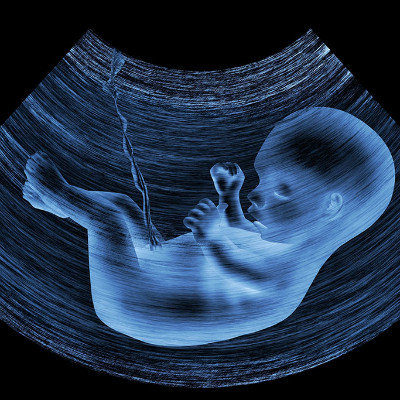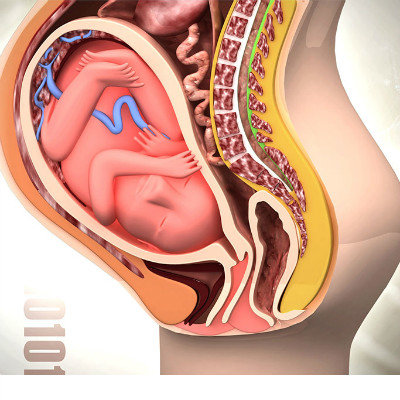What is patent urachal?
summary
Congenital patent urachal fistula, also known as urachal fistula, is a tube connecting the fetal bladder and umbilicus during the embryonic period. In the process of embryonic evolution, the urachus would close itself and become the median umbilical ligament, located in the median umbilical fold. Definition: in embryo, a tube connecting the fetal bladder to the umbilical cord. In the process of embryonic evolution, the urachus would close itself and become the median umbilical ligament, located in the median umbilical fold. If the urachal is not closed well, there will be urine leakage from the umbilical through the unclosed urachal. This is a kind of deformity that needs surgical correction.
What is patent urachal?
Urachal fistula caused by patent urachal is rare in clinic. It is mainly characterized by leakage of urine from the umbilical foramen. Local symptoms may appear when complicated with infection. Methylene blue was injected into the bladder to observe whether the leakage was blue stained or not, and contrast agent was injected into the fistula, excretory cystourethrography or cystography could confirm the diagnosis. The treatment is to remove the fistula by operation. Because some patients may have lower urinary tract obstruction, we should pay attention to remove the obstruction.

When methylene blue is injected into the bladder through catheter or urethra, blue urine can be seen flowing out of the umbilical foramen or excreting through urethra; Voiding cystourethrography can not only exclude urethral obstruction, but also understand the fistula; Cystoscopy is not absolutely necessary.

Almost all patients were treated with liquid flowing out of the umbilical foramen, and the increase of abdominal pressure was more obvious. The degree depended on the size of the fistula. When the fistula was small, the umbilical part was only moist. 97.5% of the patients had swelling, local granulation tissue protruding or covered by scab. The diagnosis of urachal fistula is generally not difficult. If the suspicious person inserts a small catheter through the umbilical foramen, there will be liquid outflow. The detection of liquid urea nitrogen and creatinine content can determine whether it is urine.

matters needing attention
The treatment included surgical resection of the fistula, resection of the umbilical cord and suture of the fistula at the top of the bladder. Indwelling catheter or cystostomy tube after operation. It should be noted that urachal fistula may be secondary to lower urinary tract obstruction. If there is lower urinary tract obstruction, it should be relieved.















